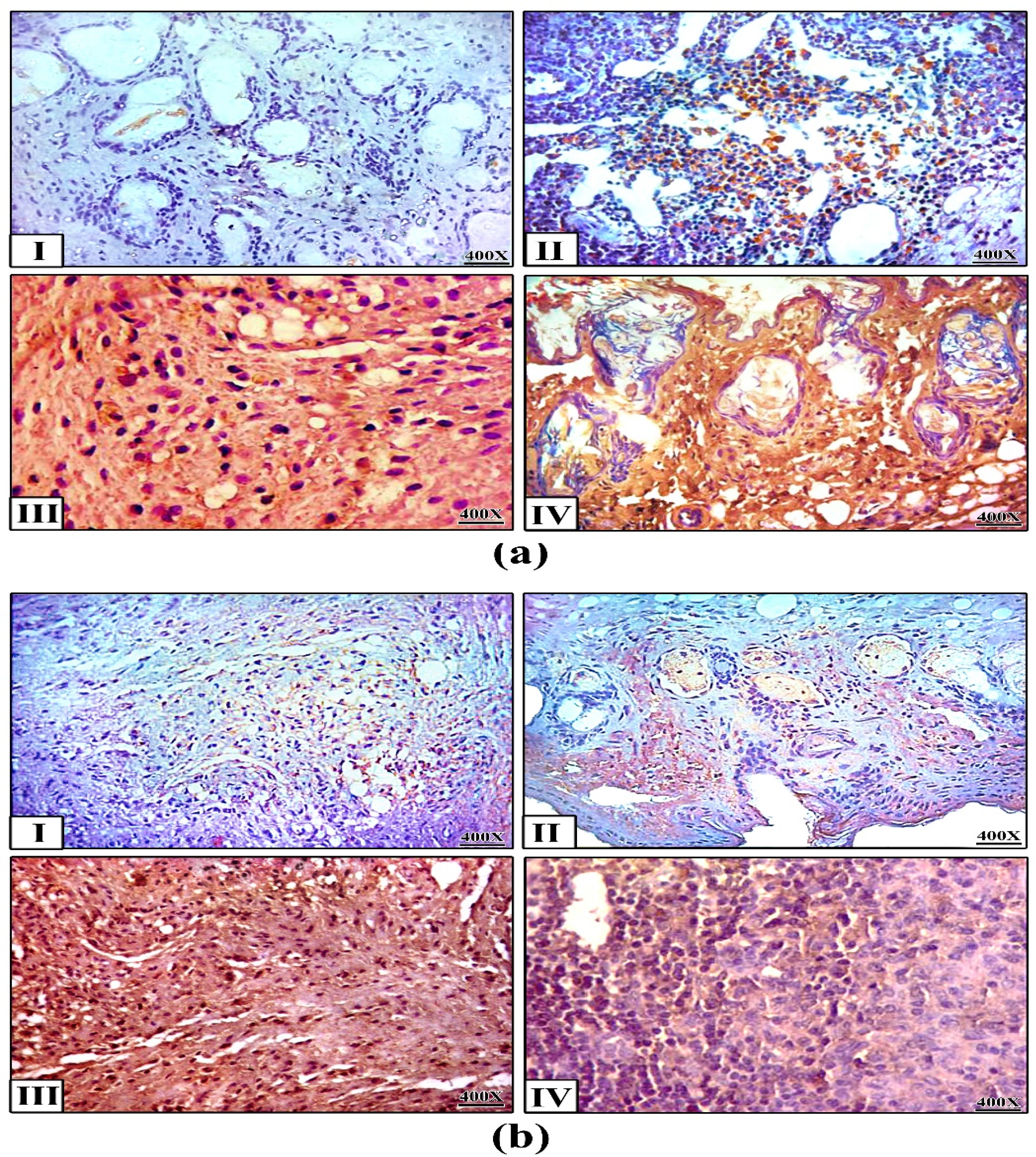Correction: Abou-ElNaga et al. Novel Nano-Therapeutic Approach Actively Targets Human Ovarian Cancer Stem Cells after Xenograft into Nude Mice. Int. J. Mol. Sci. 2017, 18, 813
Reference
- Abou-ElNaga, A.; Mutawa, G.; El-Sherbiny, I.M.; Abd-ElGhaffar, H.; Allam, A.A.; Ajarem, J.; Mousa, S.A. Novel Nano-Therapeutic Approach Actively Targets Human Ovarian Cancer Stem Cells after Xenograft into Nude Mice. Int. J. Mol. Sci. 2017, 18, 813. [Google Scholar] [CrossRef] [PubMed]



Disclaimer/Publisher’s Note: The statements, opinions and data contained in all publications are solely those of the individual author(s) and contributor(s) and not of MDPI and/or the editor(s). MDPI and/or the editor(s) disclaim responsibility for any injury to people or property resulting from any ideas, methods, instructions or products referred to in the content. |
© 2025 by the authors. Licensee MDPI, Basel, Switzerland. This article is an open access article distributed under the terms and conditions of the Creative Commons Attribution (CC BY) license (https://creativecommons.org/licenses/by/4.0/).
Share and Cite
Abou-ElNaga, A.; Mutawa, G.; El-Sherbiny, I.M.; Abd-ElGhaffar, H.; Allam, A.A.; Ajarem, J.; Mousa, S.A. Correction: Abou-ElNaga et al. Novel Nano-Therapeutic Approach Actively Targets Human Ovarian Cancer Stem Cells after Xenograft into Nude Mice. Int. J. Mol. Sci. 2017, 18, 813. Int. J. Mol. Sci. 2025, 26, 408. https://doi.org/10.3390/ijms26010408
Abou-ElNaga A, Mutawa G, El-Sherbiny IM, Abd-ElGhaffar H, Allam AA, Ajarem J, Mousa SA. Correction: Abou-ElNaga et al. Novel Nano-Therapeutic Approach Actively Targets Human Ovarian Cancer Stem Cells after Xenograft into Nude Mice. Int. J. Mol. Sci. 2017, 18, 813. International Journal of Molecular Sciences. 2025; 26(1):408. https://doi.org/10.3390/ijms26010408
Chicago/Turabian StyleAbou-ElNaga, Amoura, Ghada Mutawa, Ibrahim M. El-Sherbiny, Hassan Abd-ElGhaffar, Ahmed A. Allam, Jamaan Ajarem, and Shaker A. Mousa. 2025. "Correction: Abou-ElNaga et al. Novel Nano-Therapeutic Approach Actively Targets Human Ovarian Cancer Stem Cells after Xenograft into Nude Mice. Int. J. Mol. Sci. 2017, 18, 813" International Journal of Molecular Sciences 26, no. 1: 408. https://doi.org/10.3390/ijms26010408
APA StyleAbou-ElNaga, A., Mutawa, G., El-Sherbiny, I. M., Abd-ElGhaffar, H., Allam, A. A., Ajarem, J., & Mousa, S. A. (2025). Correction: Abou-ElNaga et al. Novel Nano-Therapeutic Approach Actively Targets Human Ovarian Cancer Stem Cells after Xenograft into Nude Mice. Int. J. Mol. Sci. 2017, 18, 813. International Journal of Molecular Sciences, 26(1), 408. https://doi.org/10.3390/ijms26010408





